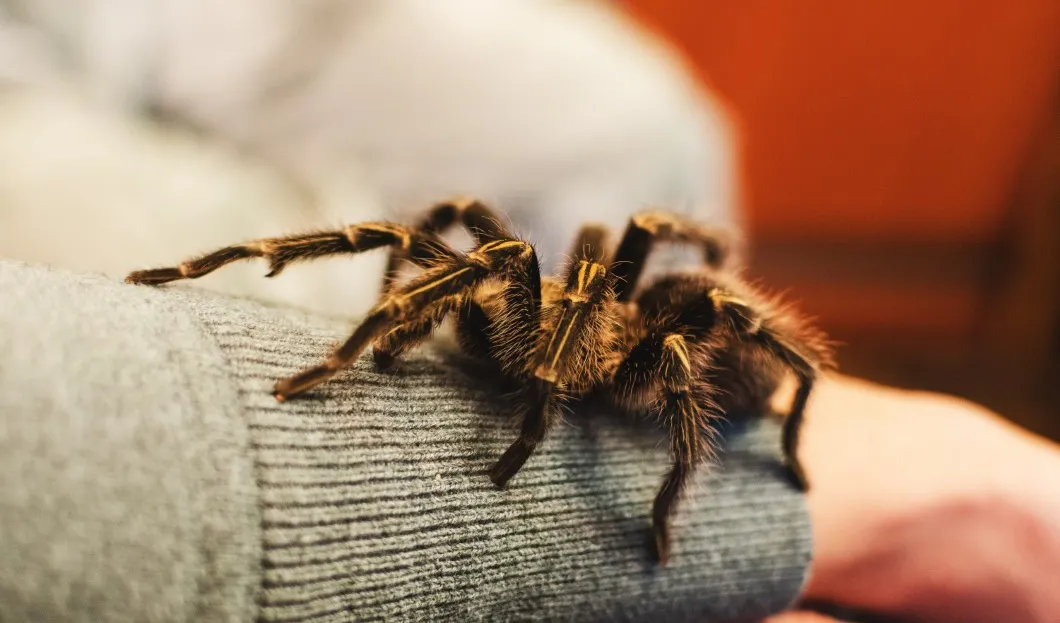
In Cambodia, the roasted edible spider is part of the menu. But the growing demand from tourists, intrigued by this culinary curiosity, could put the spider in danger. Its hunting is not regulated.
For the people of Cambodia, the mygal is a source of protein. "The a-pings [or Thai zebra tarantulas, in fact a mygal] are famous in Cambodia, but are now becoming increasingly rare," laments Chea Voeun, who has been selling fresh or cooked mygals for twenty years in the market of Skun, a small town 75 kilometers from the capital Phnom Penh. Are culinary tourists the cause of the spider becoming a threatened species?
It seems that some tourists indeed come specially to Skun - nicknamed the "city of spiders" - to visit its market and taste some of these famous mygals. They seem to appreciate the crispy flesh of this spider, whose scientific name is Cyriopagopus albostriatus. These spiders are also present in neighboring Thailand and Burma.
Mygal, often cooked soaked in garlic and salt and then grilled in oil, is now sold for nearly a euro each on the Skun market as a culinary curiosity. It is ten times more expensive than a few years ago. Mygals are now increasingly difficult to find in the surrounding jungles, which may be caused by the interest of tourists.
Unlike the leopard, tiger or Asian elephant, the mygal is not a threatened species in Cambodia. Yet, like all the fauna of this Southeast Asian country, it is suffering the full consequences of massive deforestation, which is destroying its natural habitat. The forest has reportedly declined by 20% since 1990. But "in Southeast Asia, it is unregulated hunting rather than habitat destruction that has the greatest impact on biodiversity," says Tom Gray, a Wildlife Alliance NGO biologist.
"Mygal is known worldwide for its delicious taste and medicinal qualities (cough, back pain, etc.)," says a Skun salesman. And for the moment, hundreds of fresh spiders are still crawling in the jute bags of the market, ready to be sold to tourists.
Some traders even offer the visitors an opportunity to learn how to cook them and to learn the technique of capturing tarantulas in the surrounding meadows. It is a matter of digging a well vertically from their underground burrow, recognizable by the spider's web blocking the entrance.















